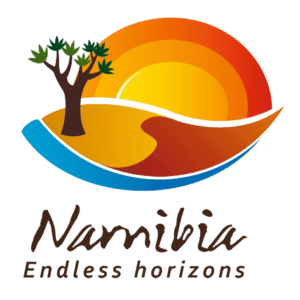Geography
Geographically speaking, Namibia is considered one of the most unique and diverse countries on the African continent. This diversity in geography contributes to the allure of Namibia as a travel destination. Namibia is the world’s thirty-fourth largest country and is the second least densely populated country in the world after Mongolia. On the other hand, it is nearly the size of Spain and Germany combined and is larger than any European country, except for Russia. The Namibian landscape generally consists of five geographical areas, each characteristic with abiotic conditions and vegetation: The Central Plateau, the Namib Desert, the Great Escarpment, the Bushveld and the Kalahari Desert.
The Central Plateau
The Central Plateau runs from north to south, bordered by the Skeleton Coast to the north-west, the Namib Desert and the coastal plains to the south-west, the Kalahari Desert to the east and the Orange River to the south.
The capital of Namibia, Windhoek, is located on the central plateau. The central plateau is home to most Namibia towns and villages and is divided between rugged mountain ranges and sand-filled valleys.
The Namib Desert
The Namib Desert is a broad expanse of gravel, dunes, and plains stretching along the Namibian coastline. It varies in width from between 100 to hundreds of kilometres.
Areas within the Namib Desert include the Kaokoveld in the north, the Skeleton Coast and the extensive Namib Sand Sea along the central coast. The Namib Desert is highlighted with migrating dune belts, canyons and dry riverbeds.
Bushveld
The Bushveld is located in the north-eastern part of Namibia. It is in stark contrast to the rest of Namibia as it is green, lush and tropical.
This area includes tropical forests, perennial rivers (only five perennial rivers in Namibia) and woodland savannahs. It consists of the Kavango and Zambezi regions (previously Caprivi) and borders Angola. This area receives significantly more rain than the rest of Namibia.
The Kalahari Desert
The Kalahari Desert is shared with Botswana and South Africa. It has a variety of localised environments ranging from a hyper-arid sandy desert to areas that seem to defy the standard definition of desert.
One of these areas, known as the Succulent Karoo, is home to over 5,000 species of plants, nearly half of them endemic. One-third of the world’s succulents are found in the Karoo. The Kalahari Desert is characterised by its ancient red sand dunes and sparse vegetation.
The Great Escarpment
The Great Escarpment swiftly rises to over 2,000 metres (6,562 ft). Average temperatures and temperature ranges increase as you move further inland from the cold Atlantic waters, while the lingering coastal fogs slowly diminish.
Although the area is rocky with poorly developed soils, it is significantly more productive than the Namib Desert. If you want to experience a truly memorable and unique African safari, make sure you include Namibia in your itinerary.


